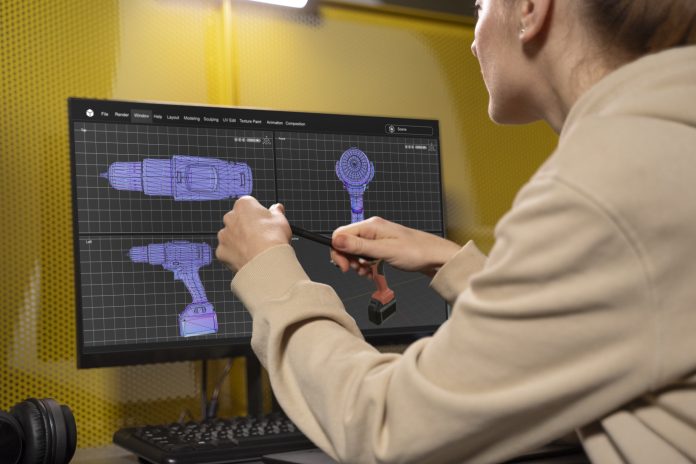The way customers interact with products online has undergone a massive transformation in recent years. Traditional online shopping methods—relying mostly on static images and text descriptions—often fail to capture the full essence of a product. This gap between expectation and reality can leave customers hesitant or dissatisfied. However, 3D Product Configurator services have revolutionized this experience by offering immersive, interactive tools that bring products to life in a dynamic and personalized way.
By enabling customers to visualize, customize, and interact with products in real-time, 3D configurators significantly improve user experiences. Below are several key ways these services create meaningful, engaging, and seamless shopping journeys.
1. Real-Time Interactive Visualization
One of the standout features of a 3D product configurator is its ability to provide real-time, interactive visualization. Instead of guessing how a product looks or fits, users can rotate, zoom, and explore every angle. This hands-on exploration replicates an in-store experience, making customers feel more confident in their choices.
Users can instantly see the impact of customizations—whether changing colors, materials, or accessories—with smooth, lag-free updates. This immediate visual feedback reduces uncertainty and keeps customers engaged longer, increasing the likelihood of purchase.
2. Personalization that Resonates
Today’s consumers expect personalization. A 3D product configurator empowers users to tailor products to their exact preferences, creating a sense of ownership and connection. Whether selecting a sofa fabric, customizing a car’s features, or building a bespoke piece of jewelry, customers appreciate having control.
This personalized experience enhances emotional attachment and satisfaction. When people feel they have designed something unique, their overall impression of the brand improves, boosting loyalty and encouraging repeat purchases.
3. Clarity in Complex Choices
Many products come with multiple options and technical features that are difficult to communicate clearly via images or descriptions. A 3D configurator breaks down these complexities by visually illustrating how different components and options interact.
For example, users can see how adding a particular accessory changes the product’s appearance or functionality. This clarity prevents confusion, streamlines decision-making, and reduces the risk of ordering errors or returns.
4. Increased Engagement and Reduced Bounce Rates
Interactive configurators transform passive browsing into an engaging experience. Customers are more likely to stay on a website that offers dynamic, hands-on tools rather than static pages. This increased engagement decreases bounce rates and fosters deeper connections with the brand.
By turning shopping into an enjoyable, interactive journey, businesses can convert curious visitors into loyal customers.
5. Seamless Cross-Device Accessibility
Modern 3D product configurator services ensure compatibility across devices, including desktops, tablets, and smartphones. This accessibility means users can explore and customize products anytime, anywhere.
Responsive design and cloud-based rendering technologies guarantee smooth performance without requiring downloads or specialized hardware. Offering a consistent experience across devices meets consumer expectations and broadens potential market reach.
6. Building Trust Through Transparency
A common barrier to online shopping is the inability to physically inspect products. 3D configurators overcome this by offering a highly detailed and realistic preview. Customers can examine textures, colors, and proportions in ways that photos cannot replicate.
This transparency reduces purchase anxiety and builds trust between brands and consumers. Customers feel assured that the product they see online matches what they will receive, which encourages confident buying decisions.
7. Simplifying Complex Decision Processes
When faced with numerous options or custom features, customers can experience decision fatigue. Expert 3d configurator development ensures configurators include smart logic and constraints that guide users through compatible choices only.
This streamlined approach simplifies the shopping process, reducing overwhelm and helping customers arrive at optimal configurations quickly and confidently.
8. Social Sharing and Collaboration Features
Many 3D configurators offer users the ability to save and share their custom designs via social media or with friends and family. This social aspect enhances user experience by making shopping collaborative and fun.
Sharing designs also acts as organic marketing, increasing brand exposure and potentially attracting new customers through personal recommendations.
Conclusion
3D product configurator services dramatically improve user experiences by merging technology, personalization, and interactivity. They offer real-time visualization, foster emotional connections through customization, clarify complex choices, and build trust with transparent, realistic product representations.





